Description
After the worst war in history – ‘the war to end all wars’ – there were hopes for a lasting peace and a better world. 1919 was to be the year for recovery, peace-making and the healing of wounds. Instead the world was afflicted by a terrible influenza pandemic that took more lives than the Great War itself. The huge death toll from the war and the pandemic excited fears of national decay. Soldiers returning home were often ill and restive, and sometimes radical and violent. Across the world there were race riots, prolonged industrial disputes, political protests, revolutions and counter-revolutions, and in Europe the first stirrings of fascism. At the Versailles Peace Conference, the victors’ attempts to define the conditions for a lasting peace were compromised by recriminations and squabbling over the spoils of war. The world seemed to have climbed from the abyss into a nightmare. The sciences of war had more than demonstrated their lethal capabilities; the potentialities of Rutherford’s ‘splitting of the atom’ and the import of Einstein’s theory of relativity were yet only dimly realised.
The nine historians who examine 1919, the year that seemed to be falling apart, are all Fellows or Associates of SHAPS at the University of Melbourne: Roderick W. Home, Anthea Hyslop, John Lack, Ross McMullin, Val Noone, David Palmer, Carolyn Rasmussen, Tony Ward, and Fay Woodhouse.

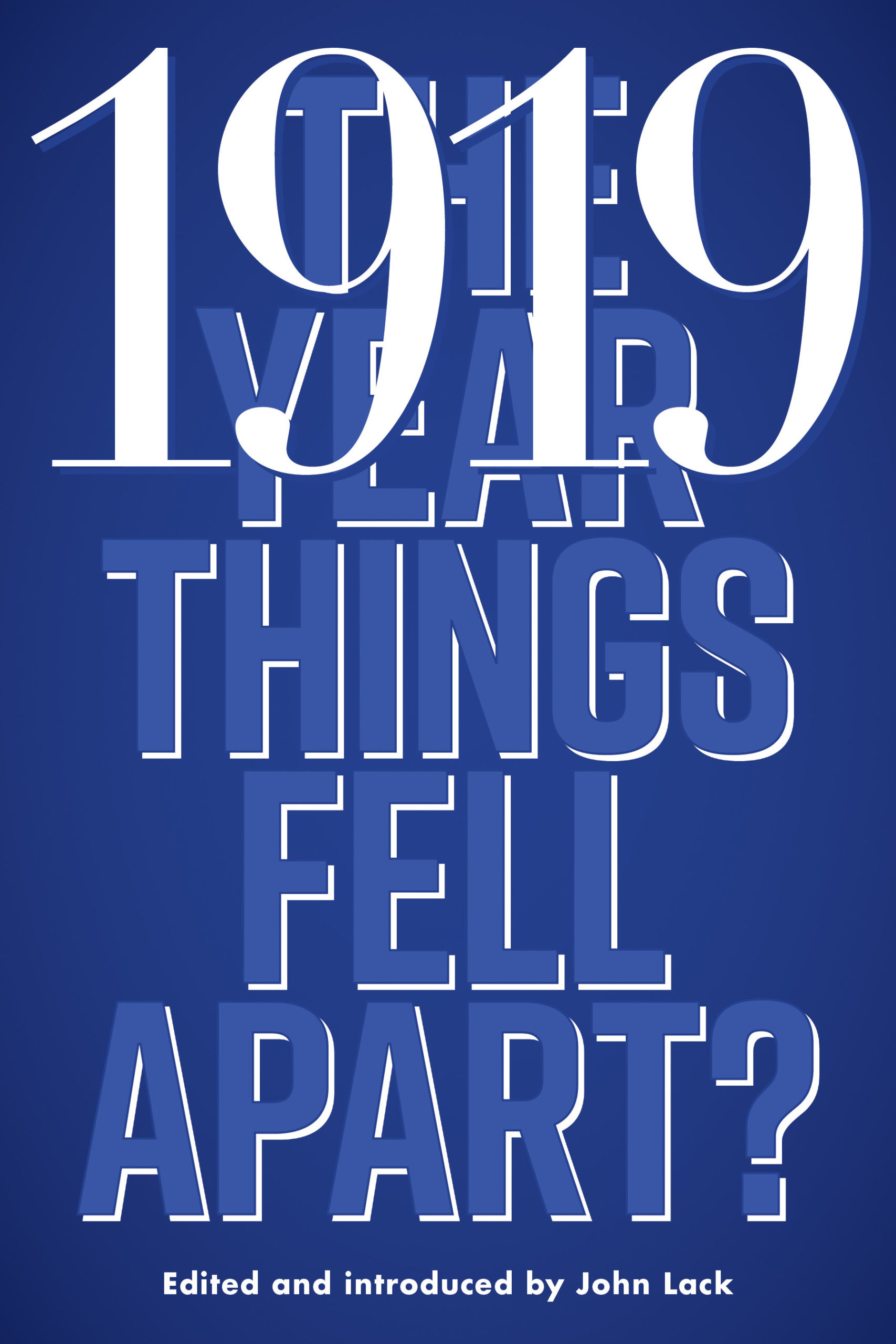


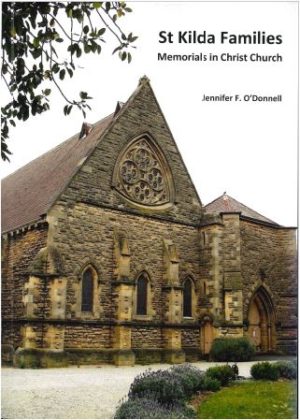

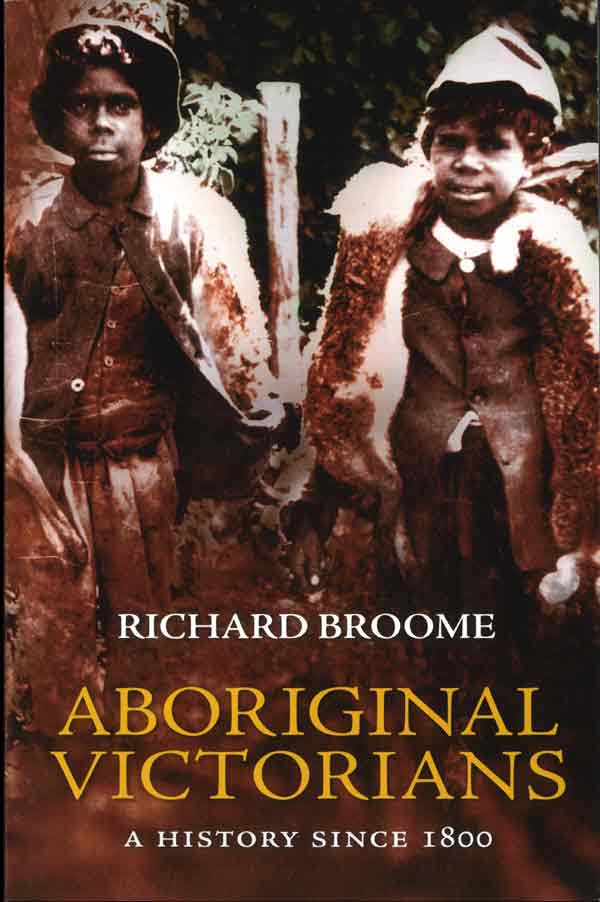

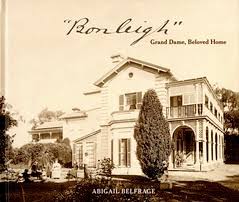
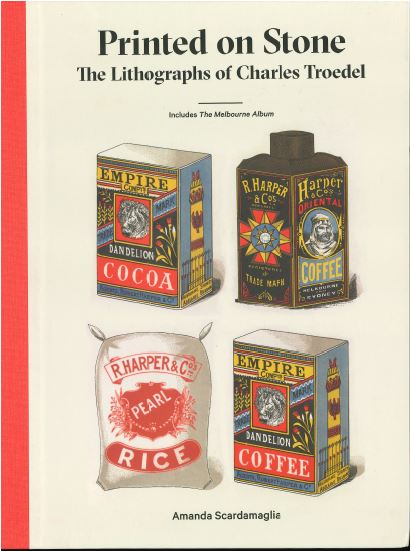
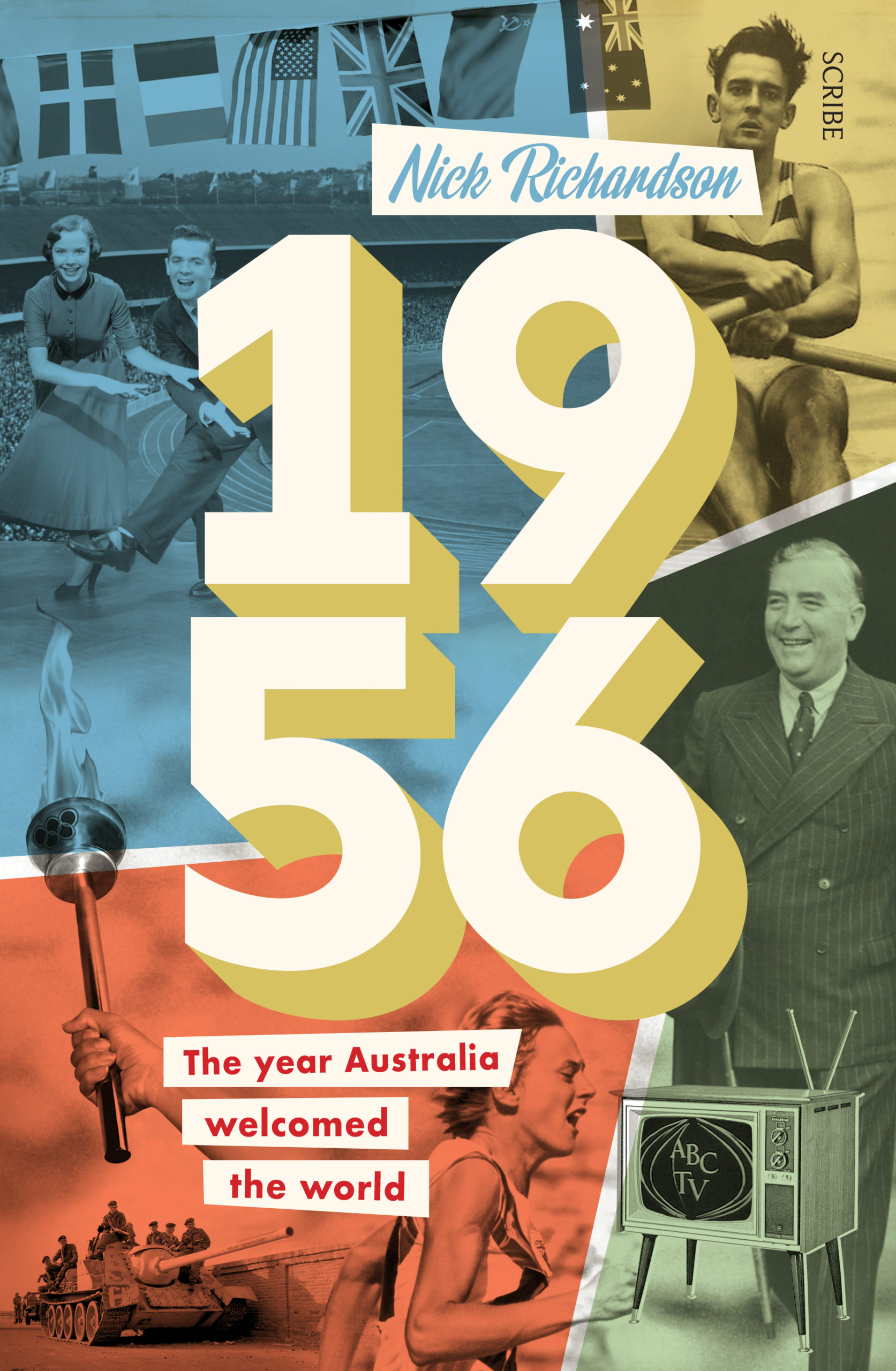
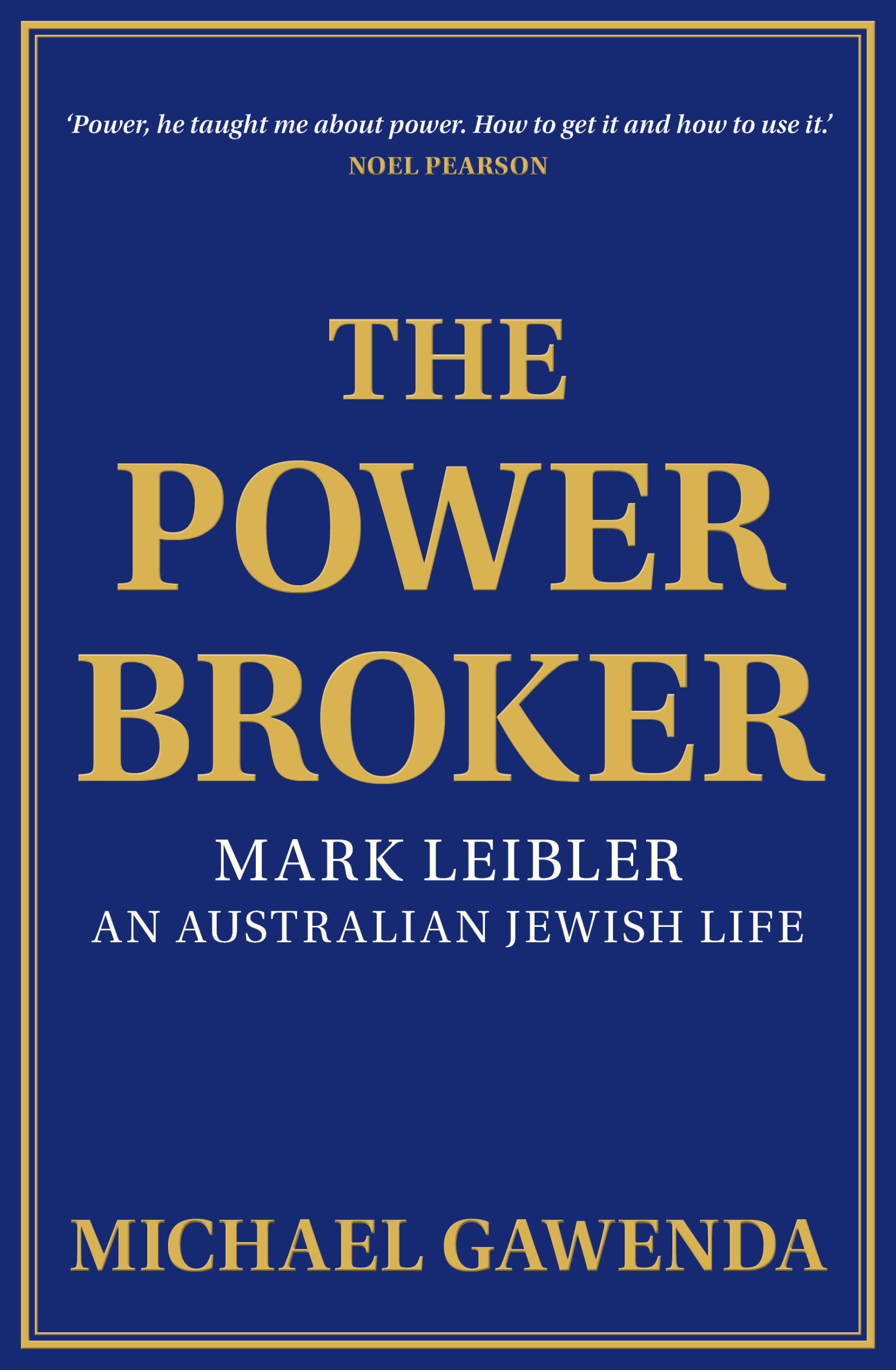
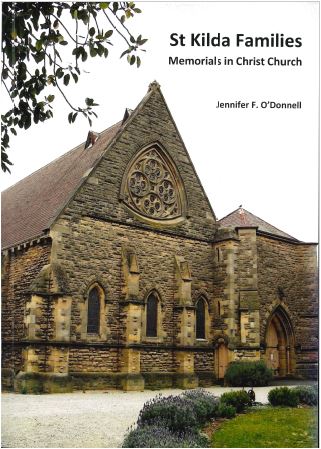
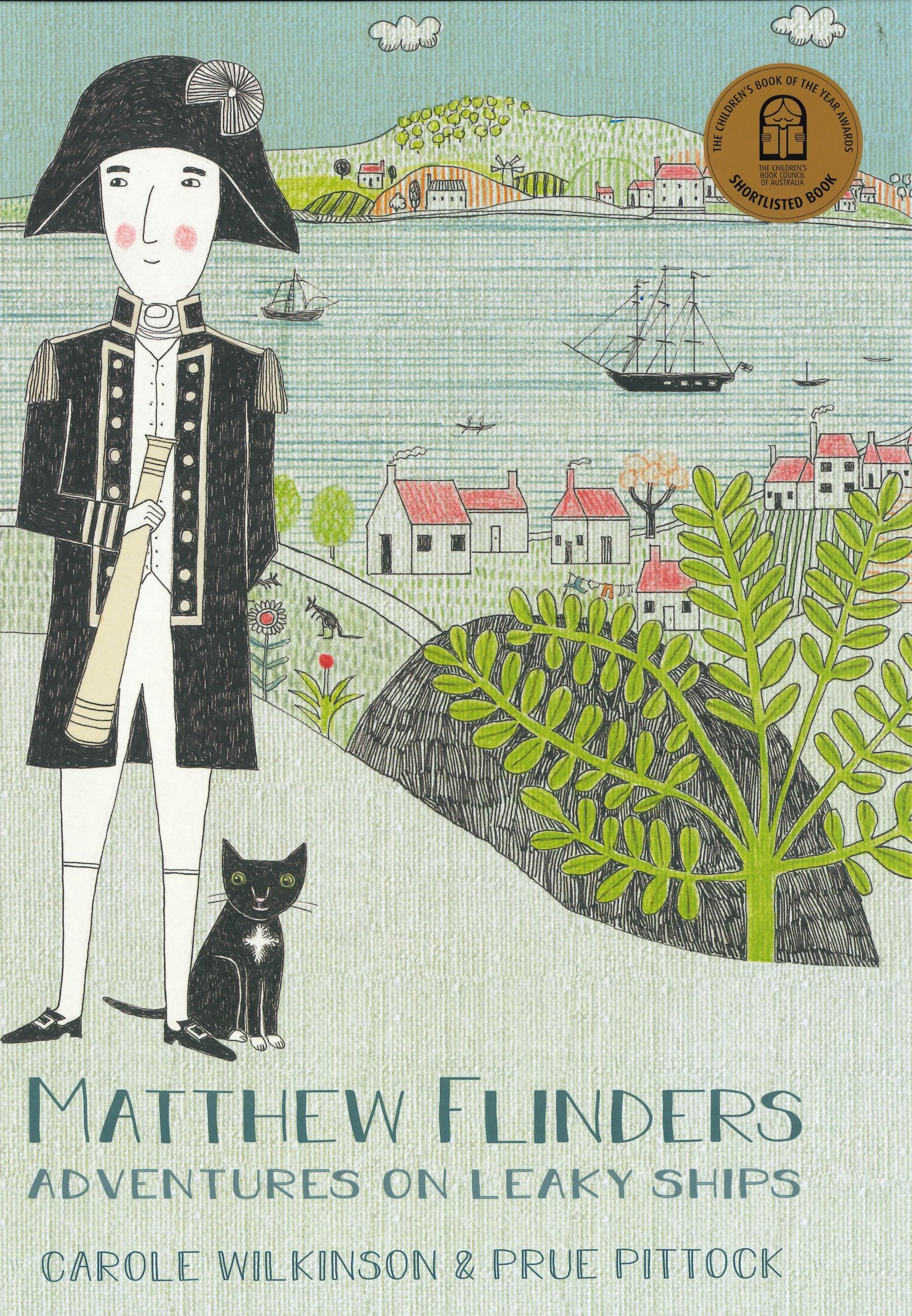
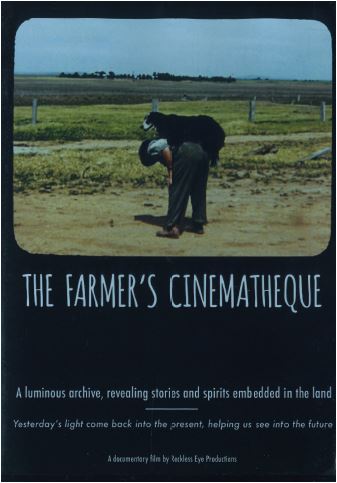
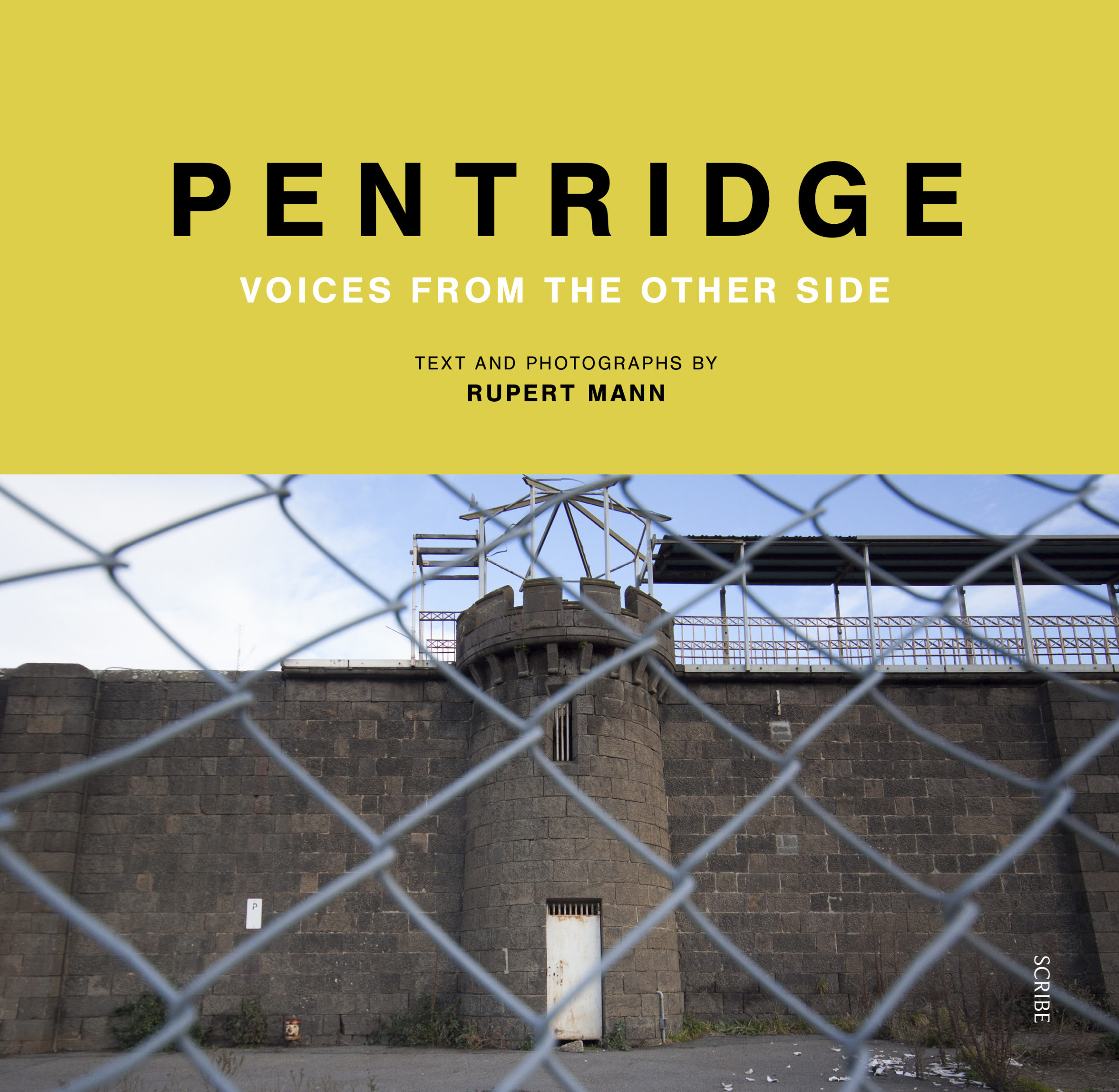
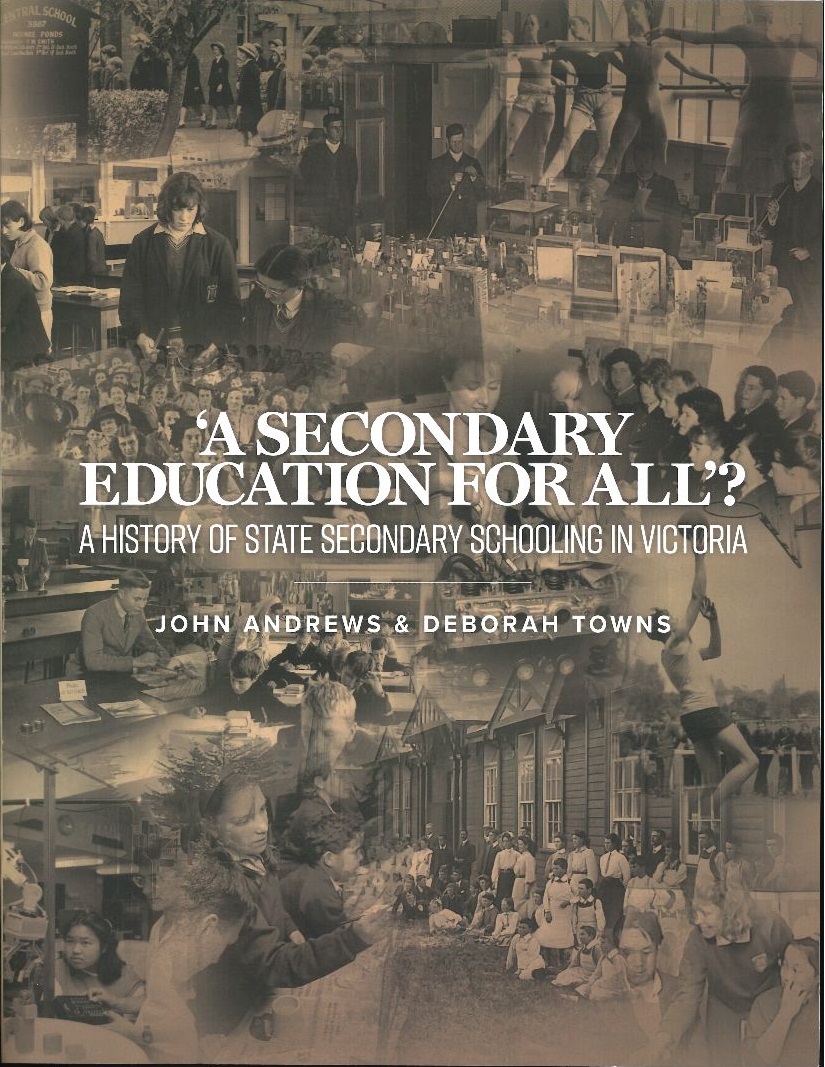
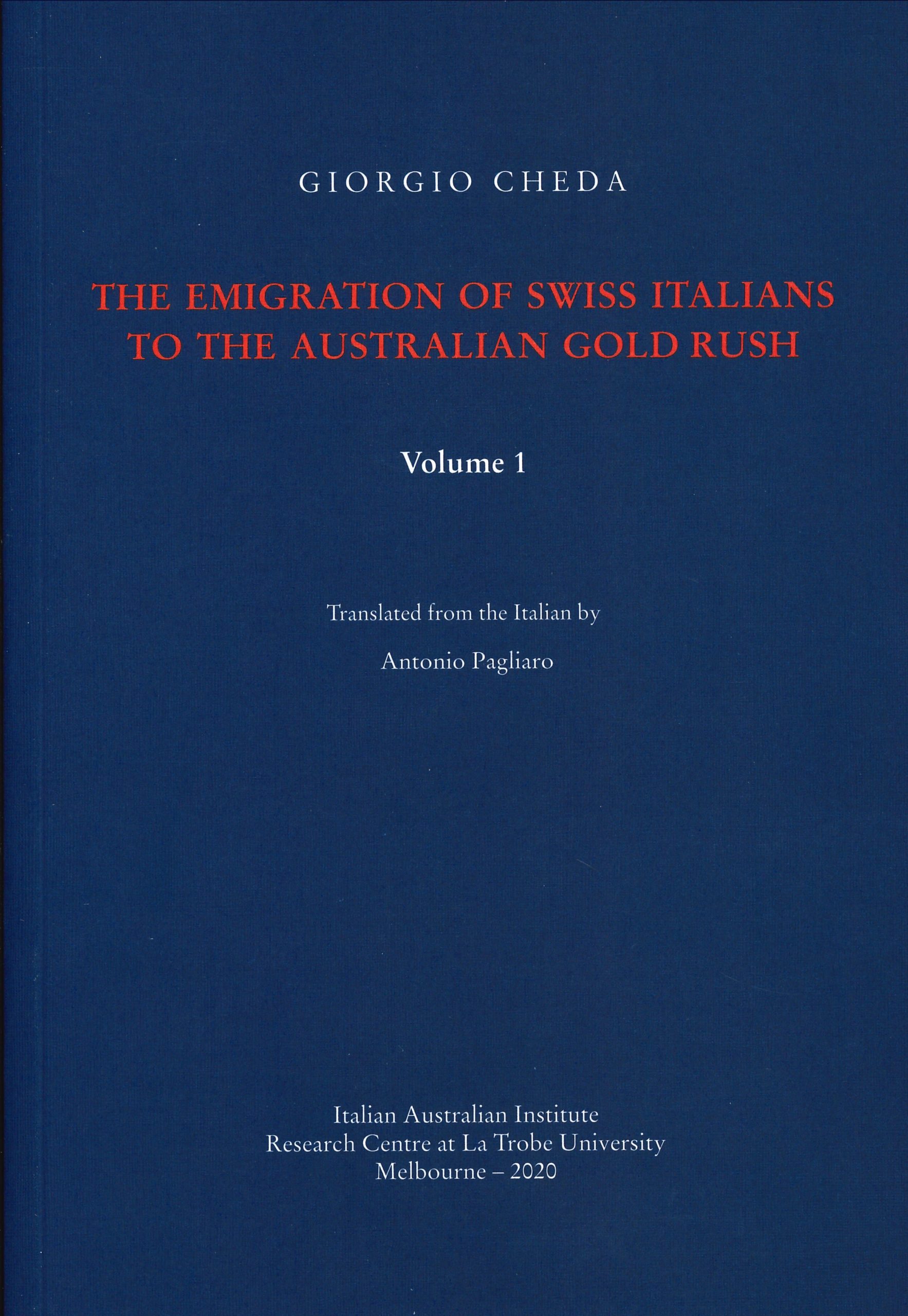
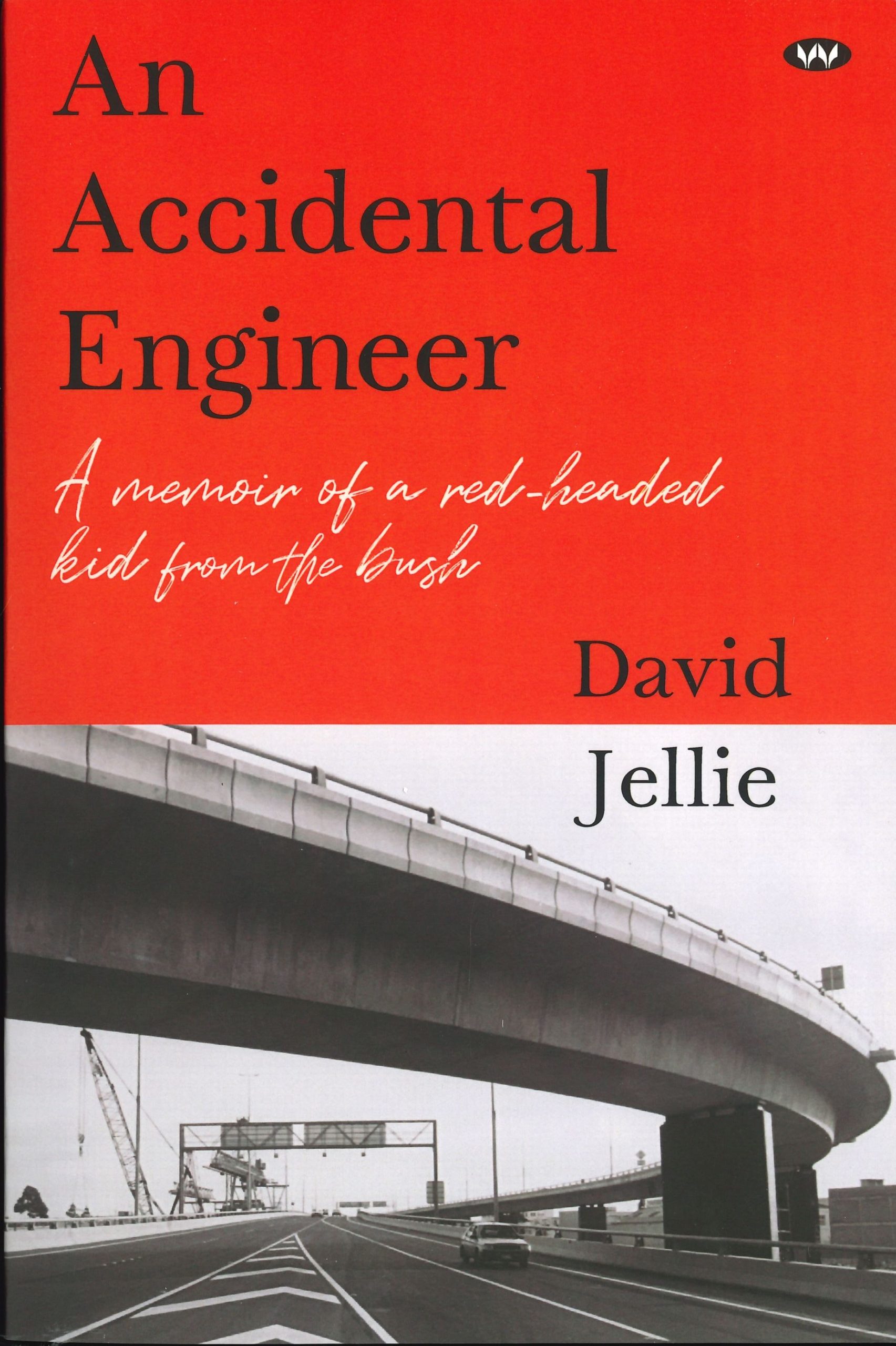
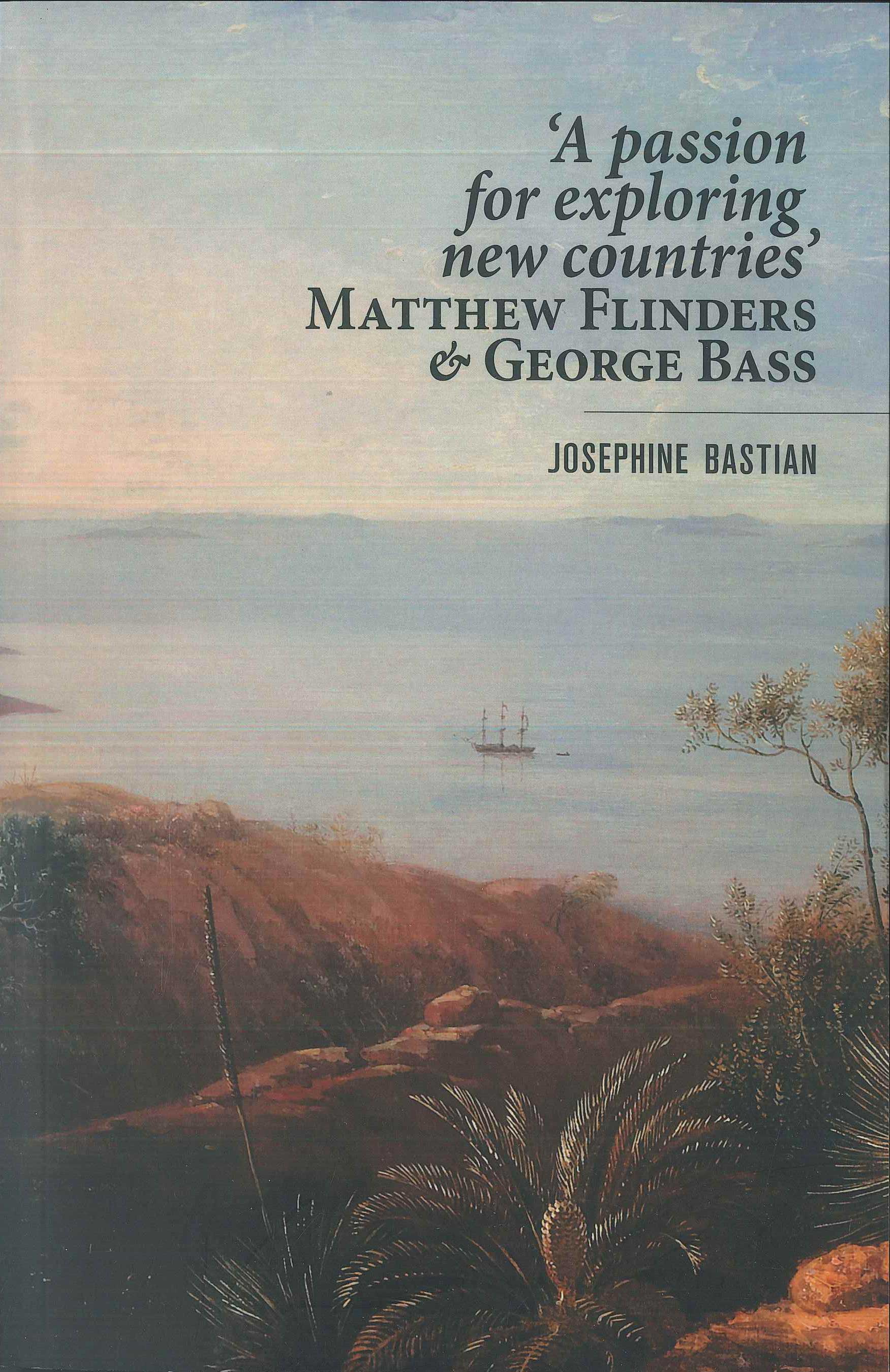
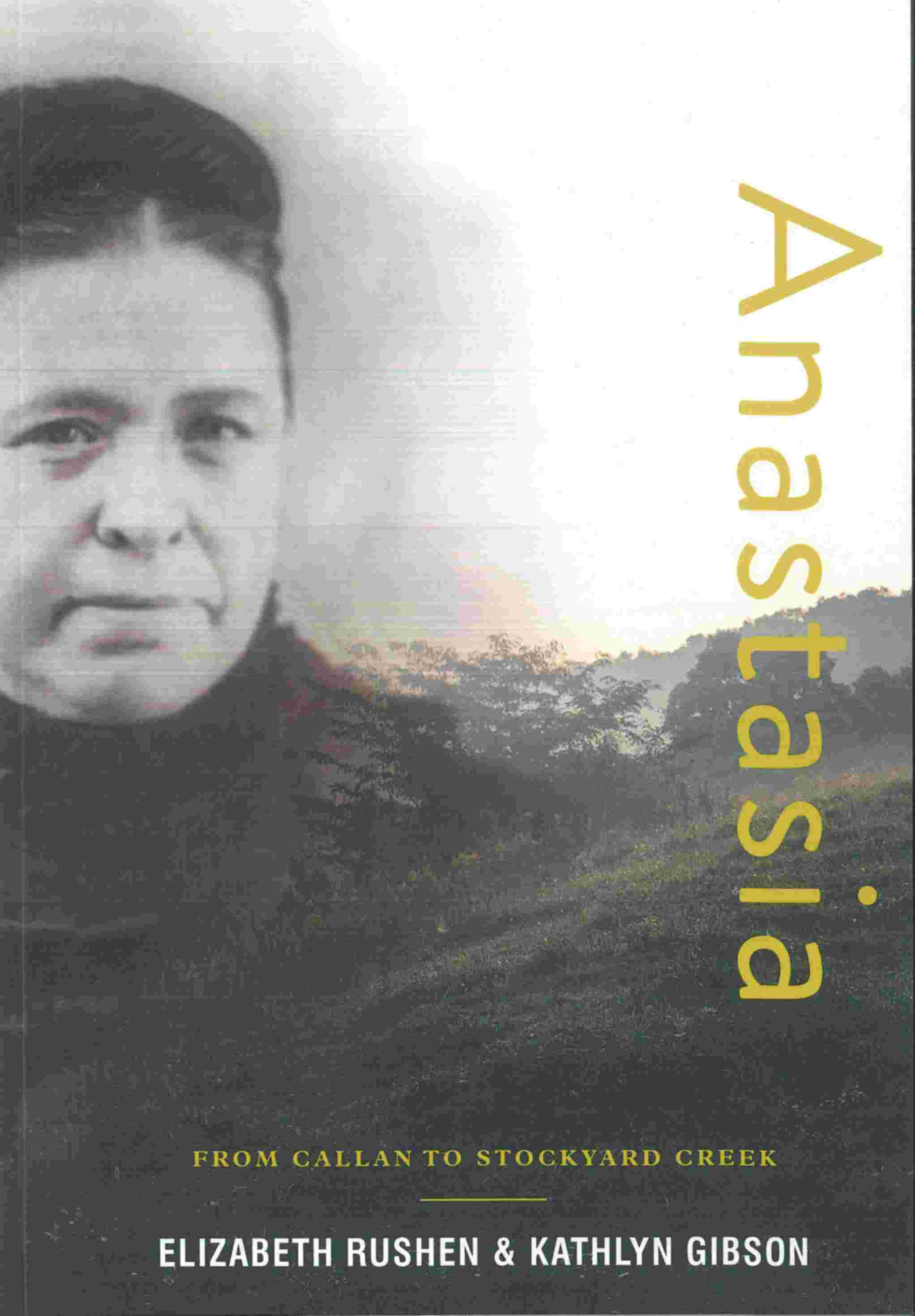
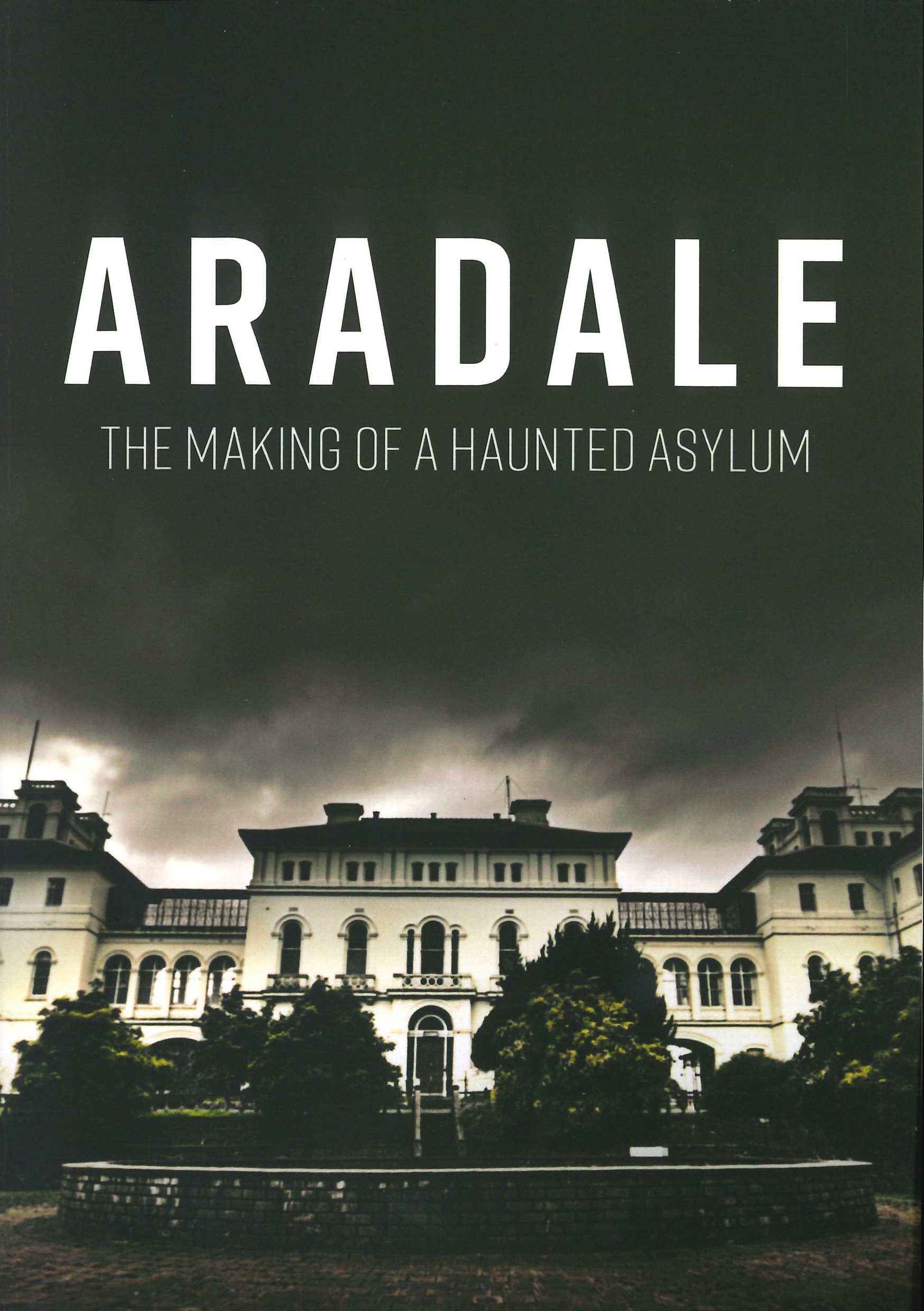
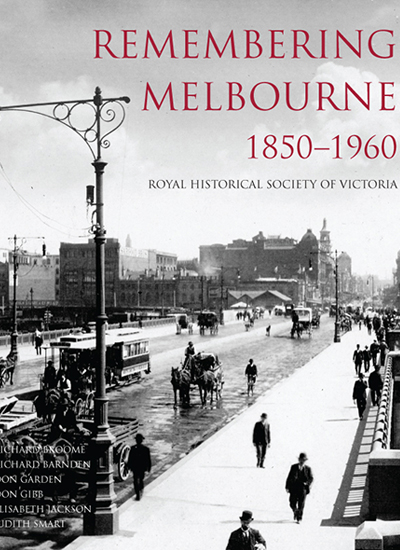
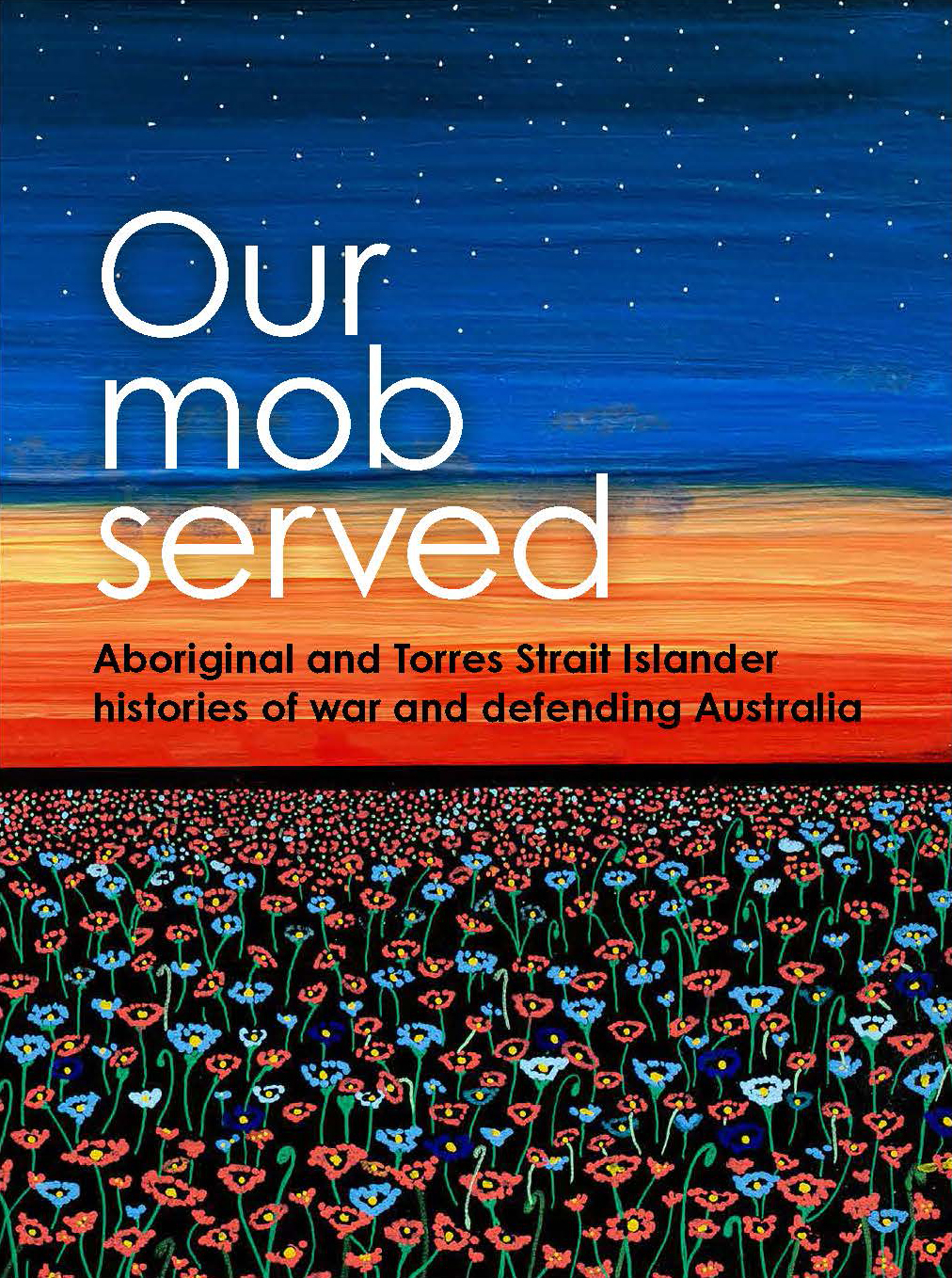
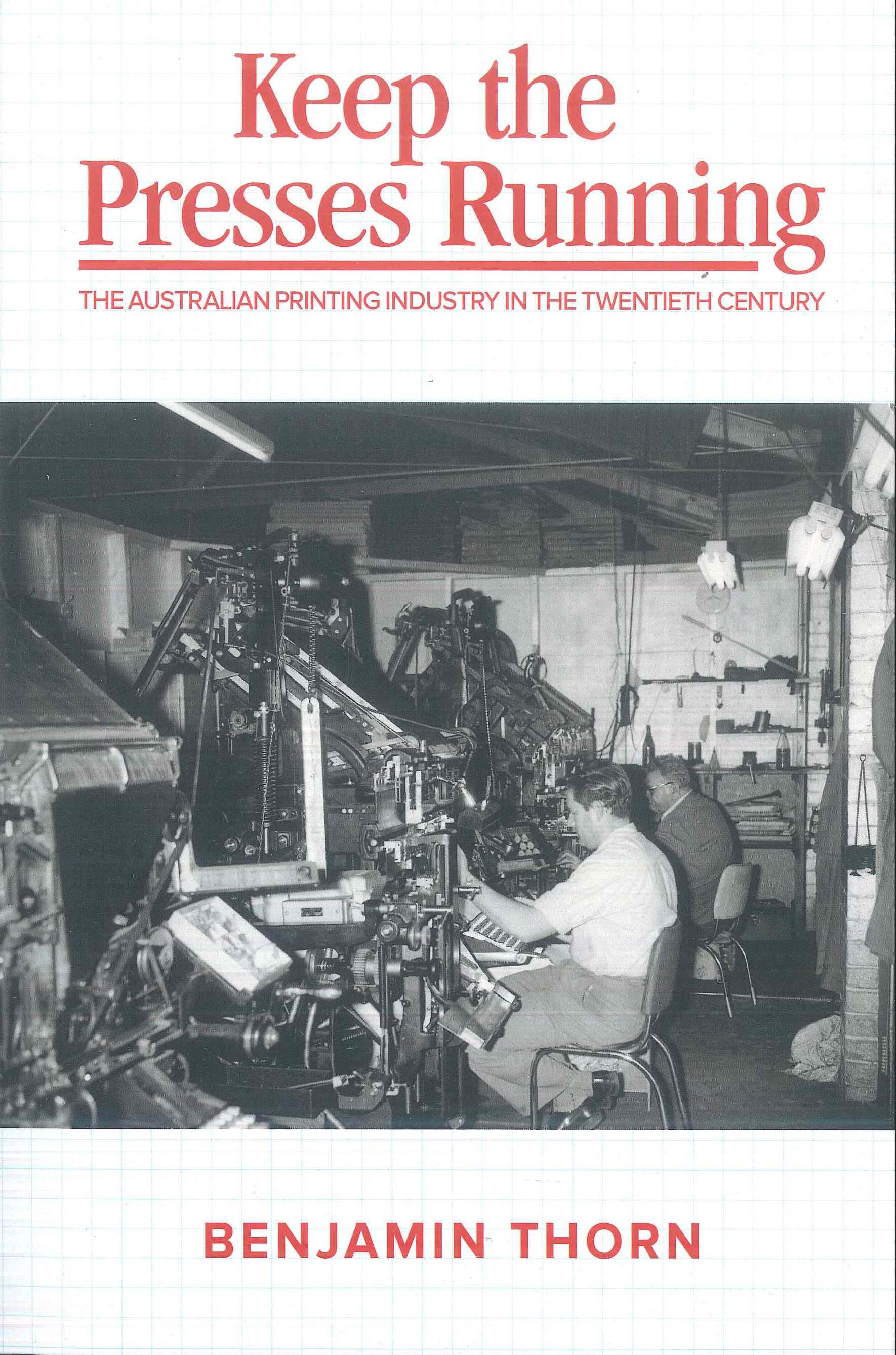
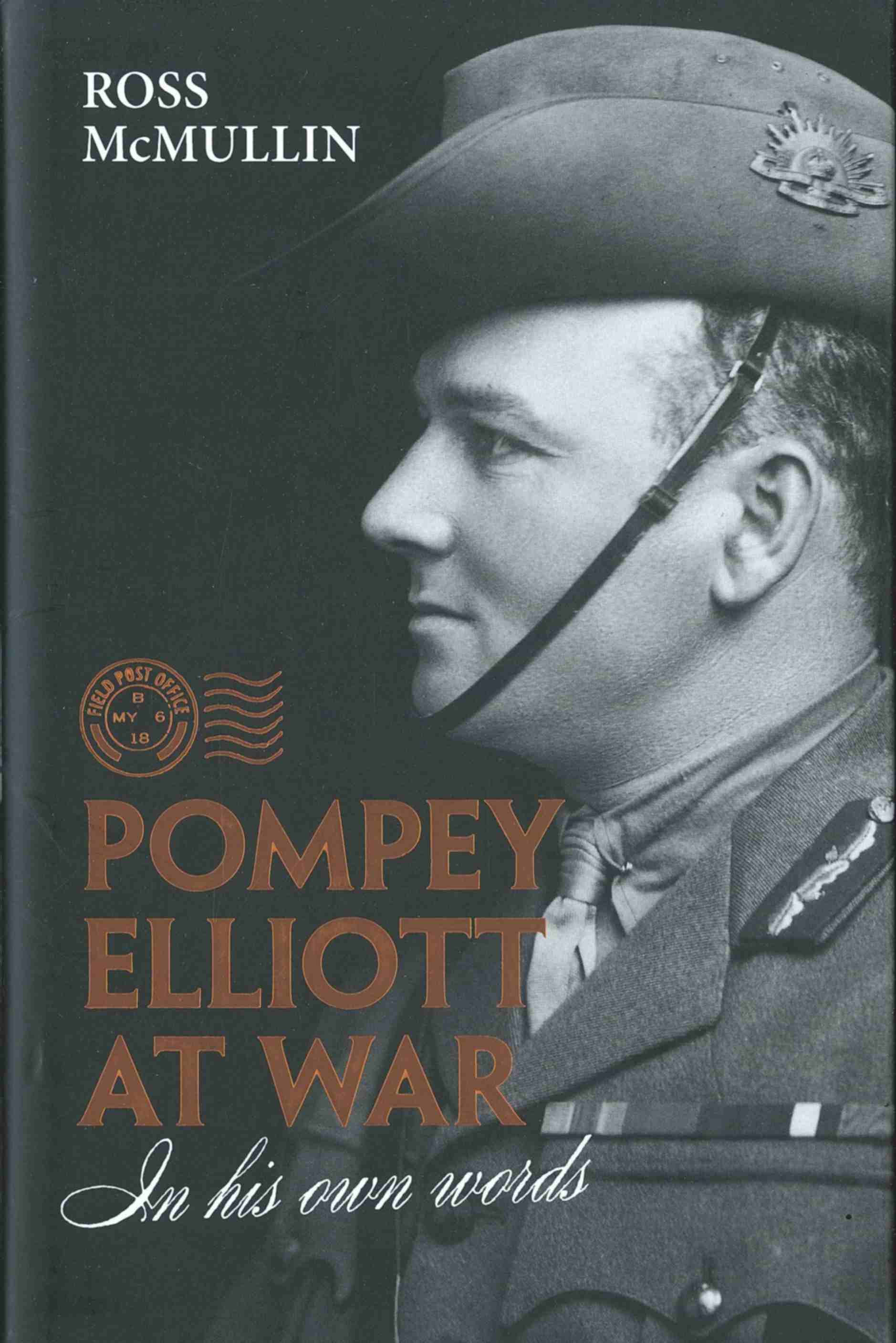
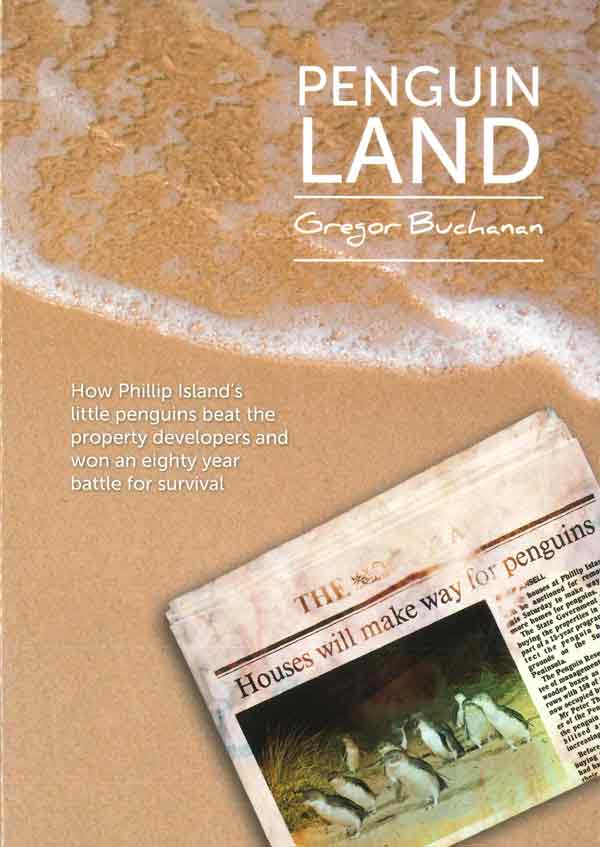
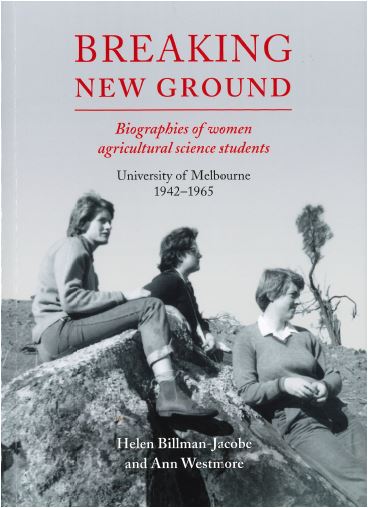
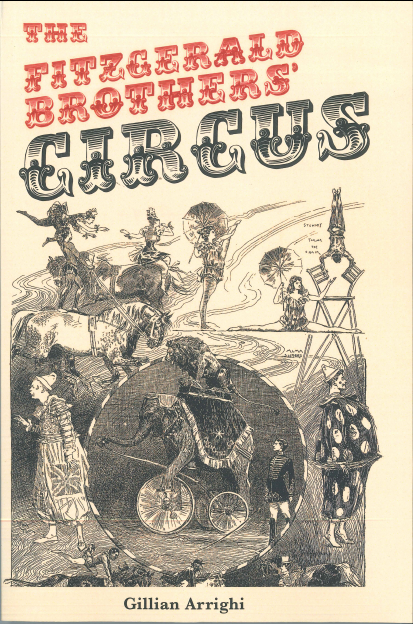
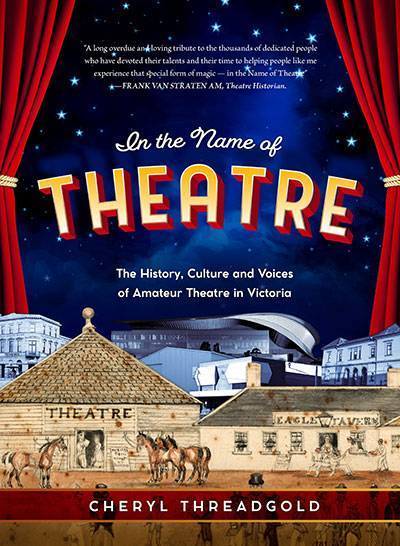

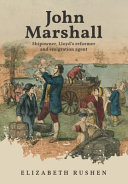
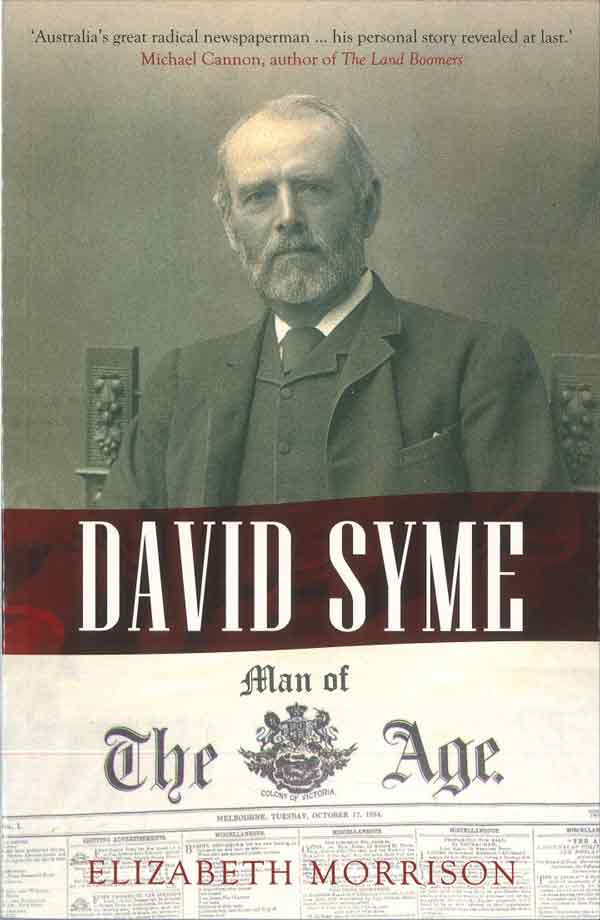

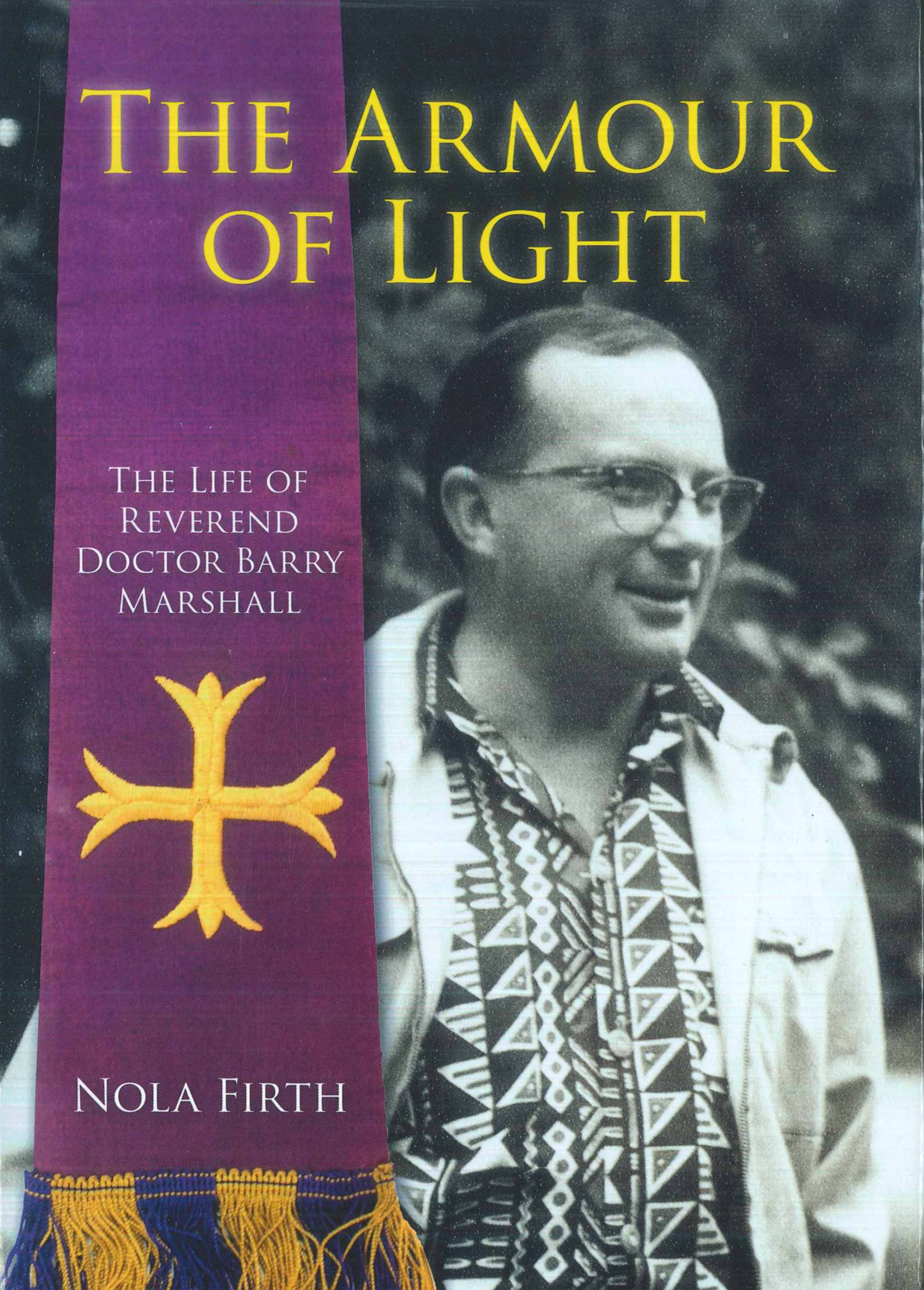
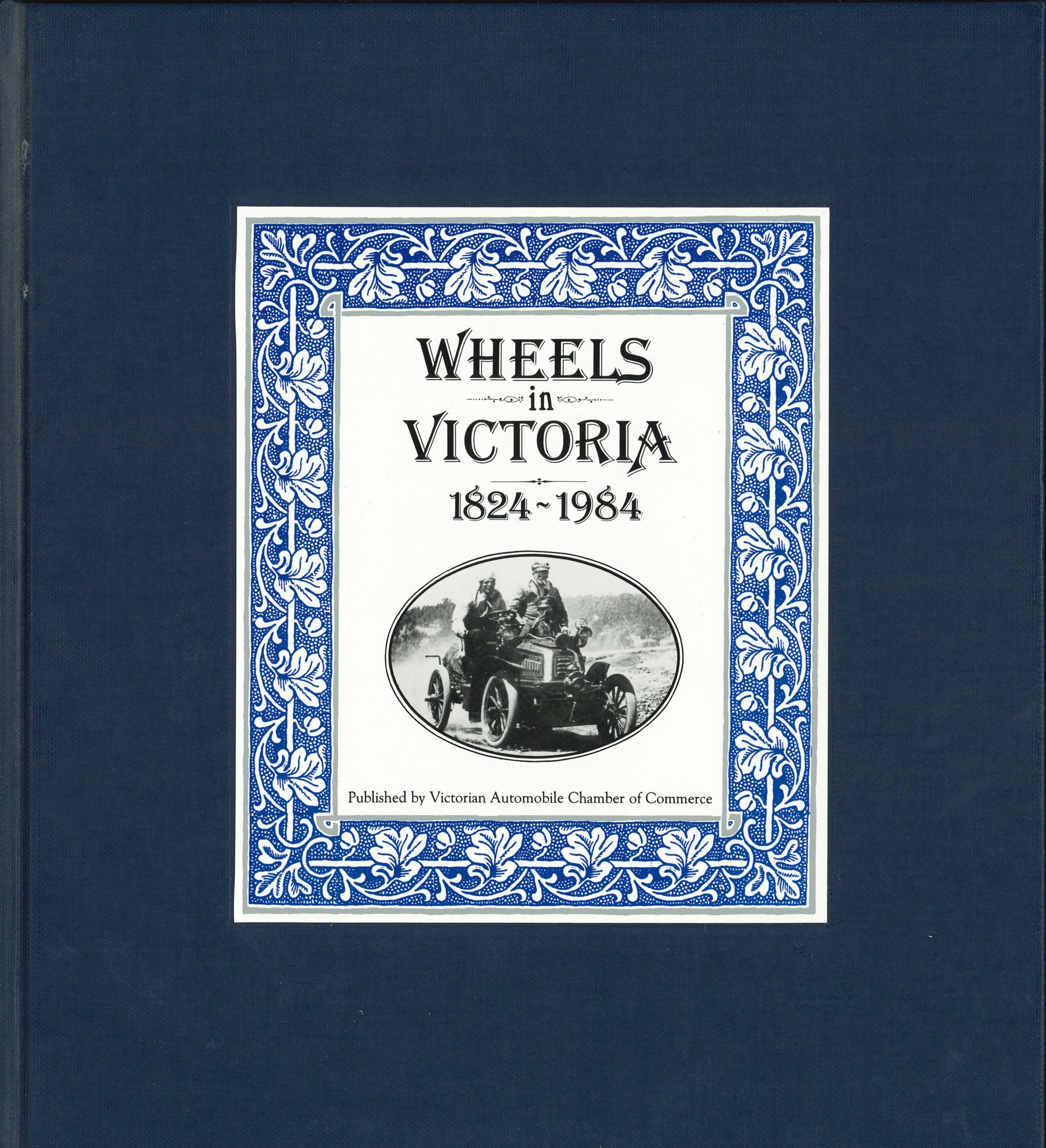
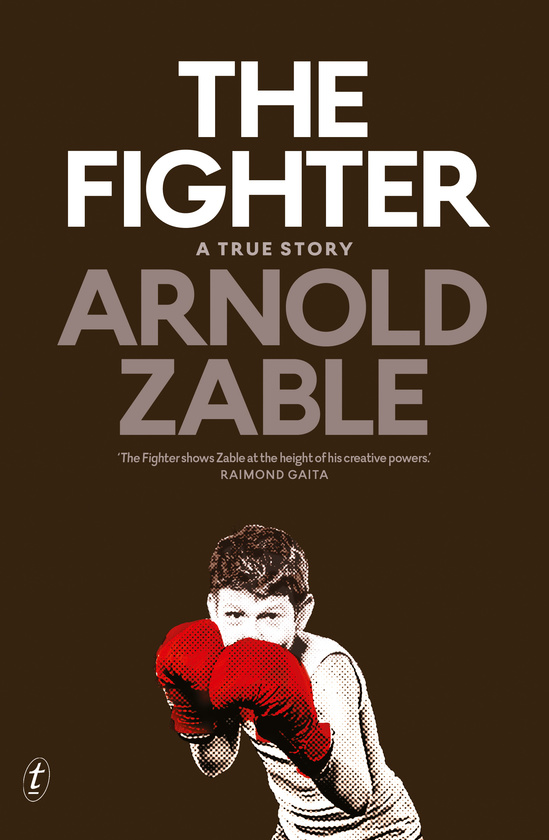
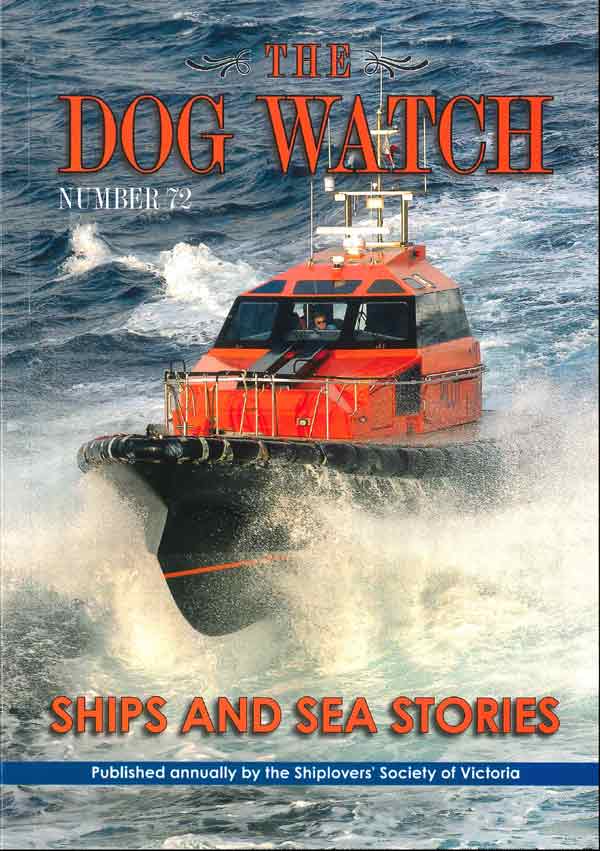
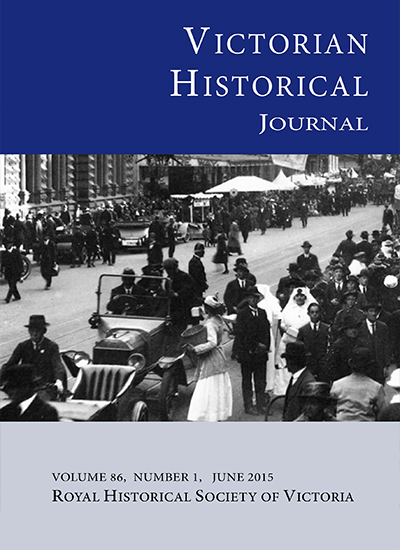
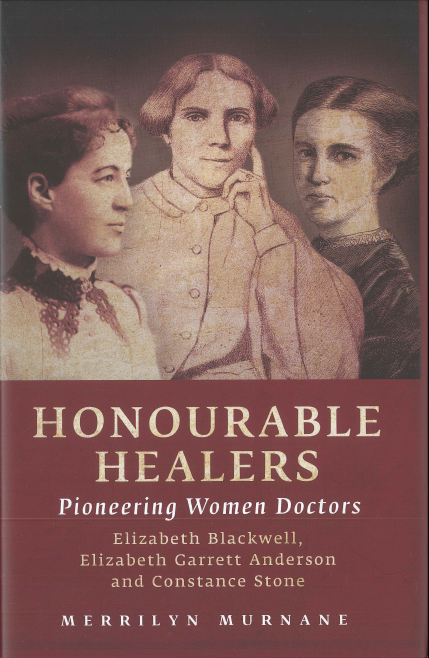

 239 A'Beckett Street Melbourne, Victoria, 3000
239 A'Beckett Street Melbourne, Victoria, 3000  03 9326 9288
03 9326 9288  office@historyvictoria.org.au
office@historyvictoria.org.au  Office & Library: Weekdays 9am-5pm
Office & Library: Weekdays 9am-5pm


Book Reviews Reviews
There are no reviews yet.